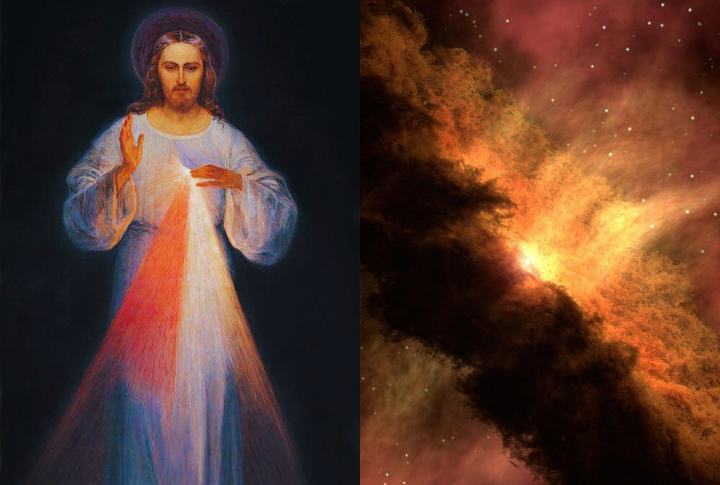
Religious texts and traditions have made multiple claims about the nature of our world. As scientific advancements occur, it becomes increasingly important to reassess these long-held beliefs. Here are 15 critical religious assertions compared to current understanding that will help us understand where these two areas of thought intersect and divide.
The Great Flood

The Great Flood is a catastrophic event described in the Bible. It involved a global deluge that wiped out most life on Earth, except for those on Noah’s Ark. Geological records and oceanography do not support the occurrence of a global flood of this magnitude.
The Human Evolution
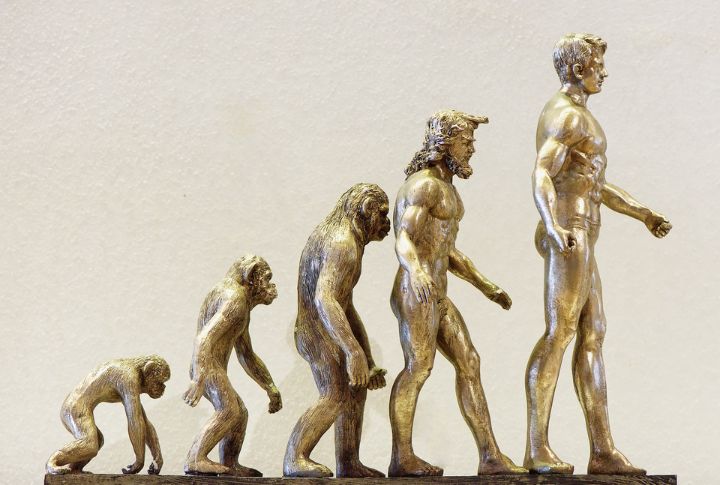
Religions believe that humans were created in their present form by a divine being. Conversely, the theory of evolution proposes that humans evolved from earlier primate species over millions of years. This theory is supported by extensive fossil, genetic, and biological evidence.
The Creation of the Universe
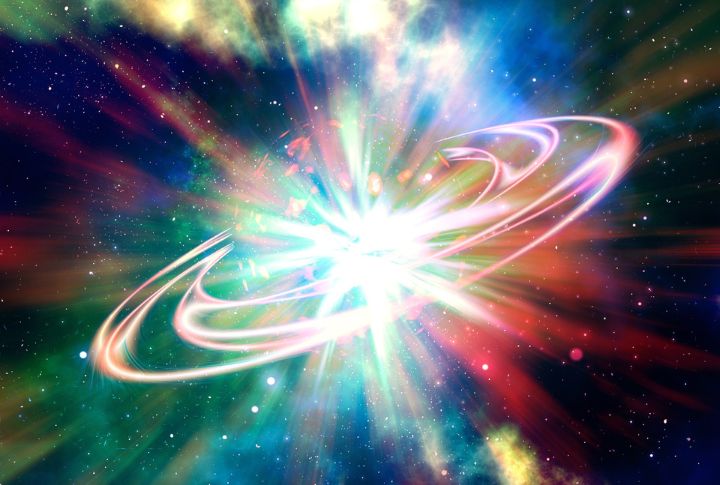
Religious texts often describe a heavenly entity creating the universe in a matter of days. In contrast, scientists assert that the cosmos began in a hot, dense state and has subsequently expanded, known as the Big Bang theory. The cosmic microwave background radiation theory also supports this finding.
The Occurrence of the Virgin Birth
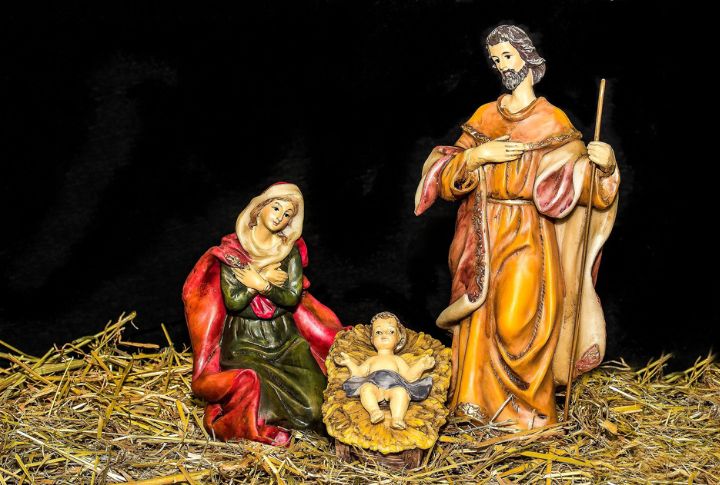
The concept of a virgin birth is central to most secular narratives, such as the birth of Jesus Christ. From a scholarly standpoint, human reproduction requires the union of sperm and egg. This basic principle, grounded in countless observations and experiments, forms the bedrock of our comprehension of conception.
The Concept of Resurrection
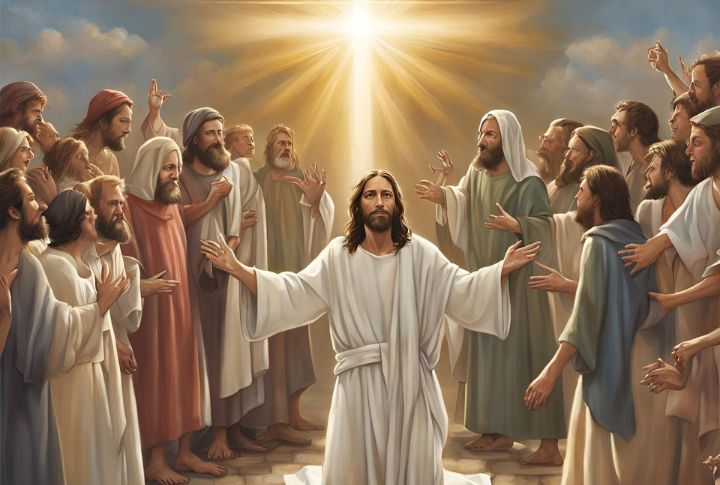
It is a core belief in many doctrines, signifying a return to life after death. Modern biology and medicine define death as the irreversible cessation of all biological functions. Science to date does not support the notion of resurrecting a deceased individual in the same form or consciousness.
The Nature of the Soul
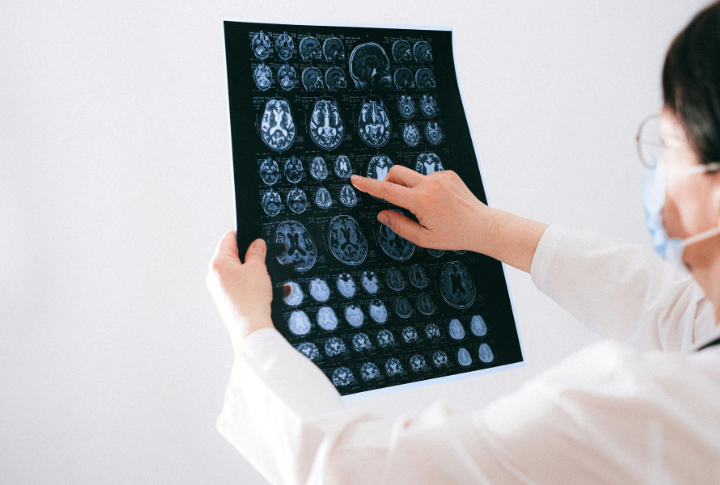
Multiple faiths hold that the soul is a non-physical being that lives on after one’s passing. In contrast, scientific inquiry focuses on the brain as the seat of consciousness. There is no supporting information about the existence of a soul as a separate entity from the physical body.
The Power of Miracles

These are events attributed to holy intervention that defy natural laws. Science operates on the philosophy of seeking natural explanations for all phenomena. While some individuals may report moments they’d consider miraculous, no actual proof supports the supernatural nature of these occurrences.
The Accuracy of Prophecies

Prophecy refers to predicting future happenings through beatific inspiration. However, scientific prediction relies on empirical data, logical reasoning, and statistical analysis, not through visions or divination. Some prophecies may appear accurate, yet they are usually subject to interpretation and hindsight bias.
The Reason Behind Evil and Suffering

Explanations for evil and suffering as part of a divine plan or test of faith are rampant in several churches. Science seeks natural causes for these, including genetic predispositions, environmental factors, or human actions. While religion focuses on solace and meaning, science targets knowing and mitigating agony.
The Hope of Life After Death
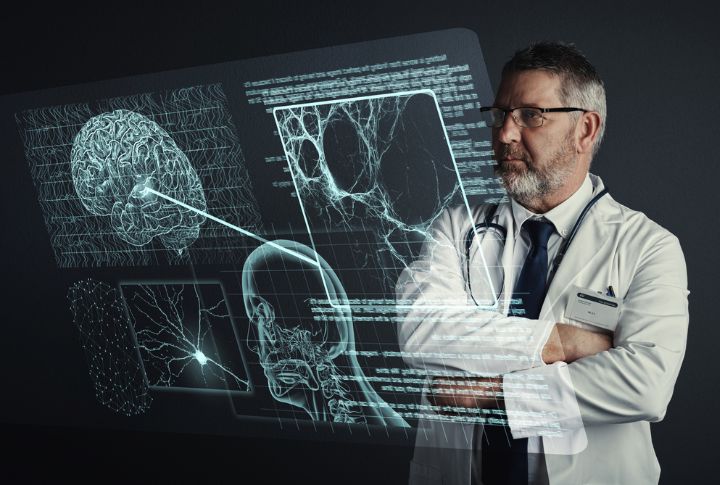
This notion is shared by civilizations and religions globally. However, the medical consensus is that consciousness is a product of brain function and ceases upon one’s demise. Science may not give definitive answers, but it provides valuable insights into the nature of sentience and the biological processes surrounding it.
The Validity of Near-Death Experiences

Near-death experiences typically involve profound spiritual or mystical encounters such as out-of-body experiences, seeing a bright light, or meeting deceased loved ones. Research suggests that these events can be related to neurological operations, such as the brain’s response to oxygen deprivation or the release of endorphins.
The Earth is Flat

Some groups hold this view, which is contradicted by overwhelming analytical evidence, particularly satellite imagery, the curvature of our planet visible on the horizon, and the shadow during lunar eclipses. It also fails to explain fundamental aspects of our world, like day and night, seasons, and the behavior of celestial bodies.
The Geocentric Model
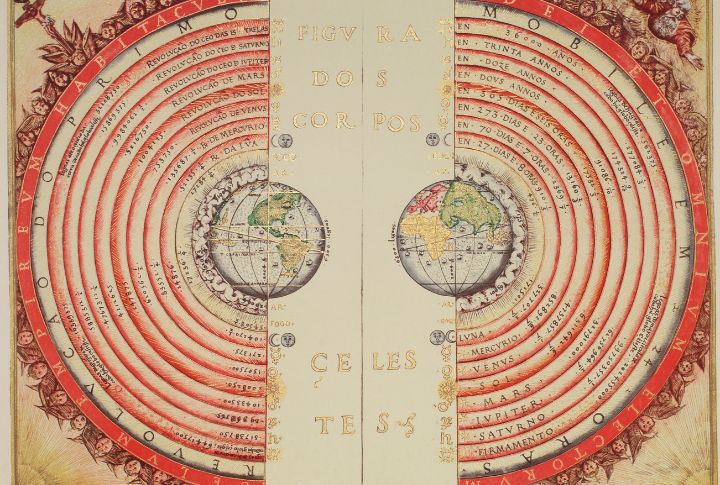
According to the geocentric model, the Earth is stationary in the center of the universe, while the sun and other celestial bodies orbit around it. The observed motions of planets and stars affirm the heliocentric model, in which the planet revolves around the sun.
The Healing Power of Prayers

Intercessory prayer involves praying for the physical healing of another person. Although many are convinced of its power, studies have not found consistent findings. People who believe in a prayer’s efficacy may experience positive health changes. Still, these may be associated with psychological factors rather than direct Godly intervention.
The Demonic Cause Behind Illnesses

Demonic possession as a cause of illness is prevalent in some scriptural and cultural contexts as opposed to modern medicine, which attributes illnesses to biological, psychological, and environmental factors. Recognizing the cultural and spiritual significance of demonic possessions is important but should be done without dismissing progress in medicine.

